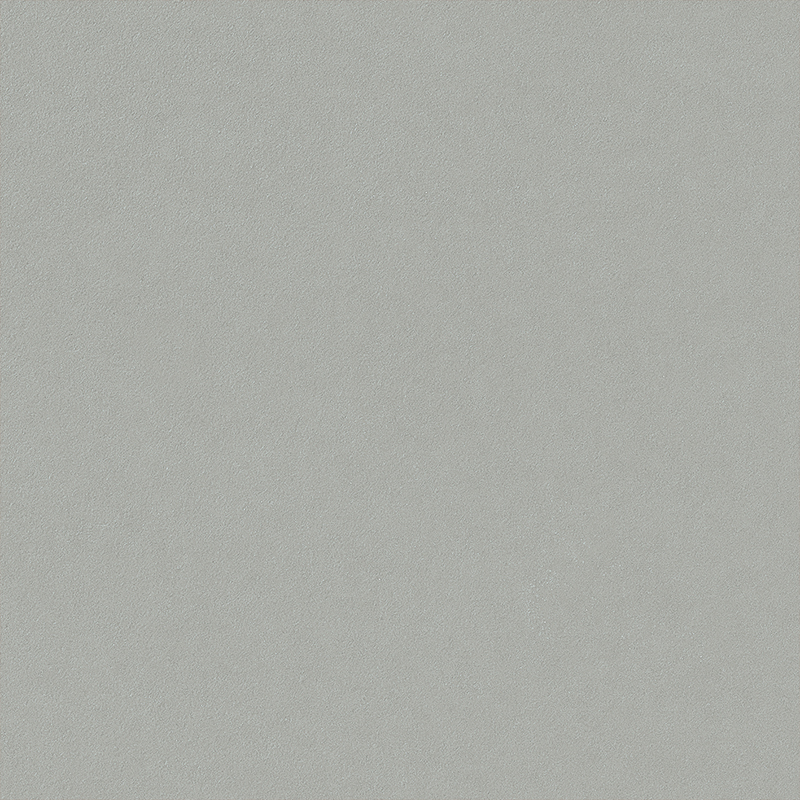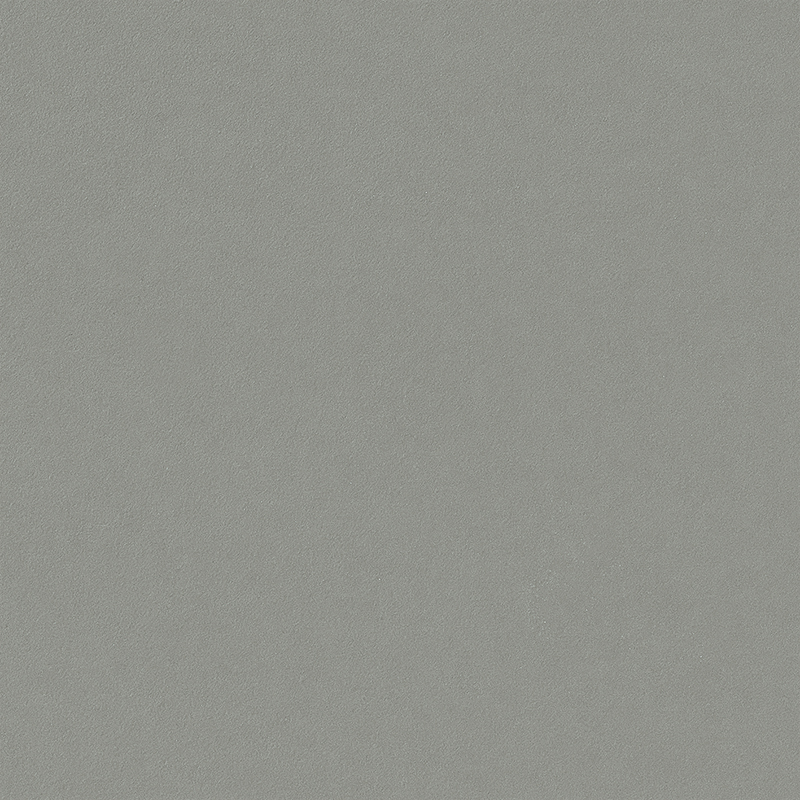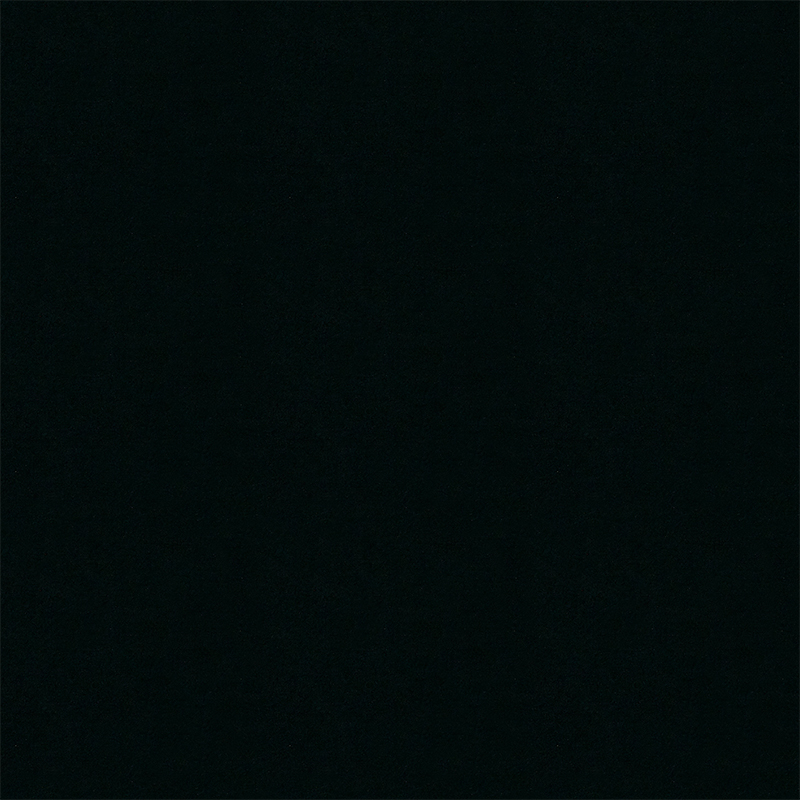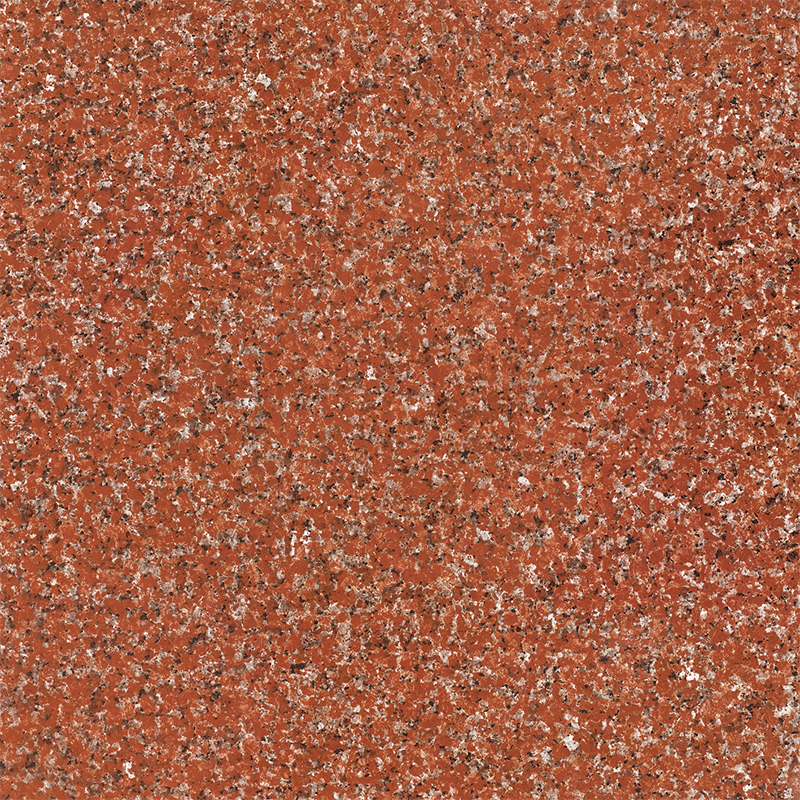How does 3D high-definition inkjet technology of high-grade antique brick enhance the realism of patterns?
Release Time : 2025-07-23
High-grade antique brick greatly enhances the realism of patterns by adopting 3D high-definition inkjet technology, bringing unprecedented visual enjoyment to interior decoration. This advanced technology not only makes the patterns on the surface of tiles more delicate and realistic, but also gives the material richer expression and higher artistic value. Understanding these technical details and the advantages they bring will help to better understand the unique charm of this product.
First of all, 3D high-definition inkjet technology can present the design pattern on the surface of tiles with extremely high resolution through high-precision printing equipment. Traditional printing methods are often limited by the ability to express colors and details, and it is difficult to reproduce complex textures and gradient effects. 3D high-definition inkjet technology breaks through these limitations and can accurately restore various natural elements such as wood grain, stone grain, marble grain, etc. Whether it is the subtle wood knot texture or the subtle color changes in marble, they can be perfectly presented on tiles. This meticulous expression makes each tile seem like a work of art, adding a unique beauty and texture to the space.
Secondly, 3D high-definition inkjet technology can achieve multi-layer color superposition, thereby enhancing the three-dimensional sense and depth of the pattern. By printing different colors and textures at different levels, the surface of the tile presents a richer sense of hierarchy and visual impact. For example, when simulating wood texture, it can not only show the color and texture direction of the wood, but also show the depth changes of the wood rings and the complexity of the wood structure through multi-layer color superposition. This sense of hierarchy not only makes the pattern look more real, but also adds a natural and harmonious atmosphere to the space.
Furthermore, the application of 3D high-definition inkjet technology makes the color performance of antique tiles richer and more uniform. Traditional processes may cause uneven color distribution or color difference problems, affecting the overall effect. Modern inkjet technology can ensure that the color on each pixel is accurate, avoiding quality problems caused by unstable process. This not only improves the beauty of the product, but also enhances user satisfaction. In addition, this technology can also achieve more complex color combinations and gradient effects, meet the designer's needs for diversified colors, and provide unlimited possibilities for creativity.
It is worth noting that 3D high-definition inkjet technology is also highly flexible and can customize patterns according to actual needs. Whether it is a classic retro style or a modern and simple design concept, it can be easily achieved through this technology. Users can choose different patterns and colors according to their personal preferences to create a unique space atmosphere. This ability to customize not only enhances the market competitiveness of the product, but also provides consumers with more choices. Whether it is a commercial place or a family residence, you can find the most suitable tile design.
Another notable feature is that 3D high-definition inkjet technology can improve the persistence and durability of the pattern. Because the pigments used in the inkjet process have excellent adhesion, they can be firmly attached to the surface of the tile and are not easy to fade or peel off. This means that even after long-term use and wear, the pattern on the tile can still maintain its original brightness and clarity. This durability not only extends the service life of the product, but also saves users the cost and trouble of frequently replacing tiles. At the same time, this also reflects the manufacturer's high confidence in product quality and its emphasis on user experience.
In addition, 3D high-definition inkjet technology can also improve the anti-slip performance of tiles to a certain extent. By adding subtle texture treatment to the pattern design, the surface friction can be increased without affecting the appearance, improving walking safety. This is especially important for areas that require special attention to anti-slip, such as bathrooms, kitchens and outdoor platforms. This design, which combines beauty and functionality, not only meets the user's demand for high-quality decorative materials, but also ensures the safety and comfort of daily life.
It is worth mentioning that the contribution of 3D high-definition inkjet technology to environmental protection cannot be ignored. Compared with traditional production processes, inkjet technology uses less pigment, reducing the impact on the environment. At the same time, since the pattern can be printed directly on the surface of the tile without the need for additional coating or covering layer, resource consumption and waste generation are further reduced. This green manufacturing concept not only meets the requirements of modern society for sustainable development, but also wins a good social reputation for the brand.
Finally, the application of 3D high-definition inkjet technology has also promoted the development of the entire industry to a higher level. With the continuous advancement and innovation of technology, more and more companies have begun to adopt this advanced process, and on this basis, they have carried out secondary development and launched more unique products. This not only promotes healthy competition and technological innovation in the industry, but also brings more diverse and high-quality choices to consumers. In the long run, this technological innovation will inject new vitality into the entire field of building decoration materials and lead future development trends.
In summary, 3D high-definition inkjet technology significantly enhances the realism of high-grade antique brick patterns through its high-resolution printing, multi-layer color overlay, rich color expression, high customization flexibility, long-lasting pattern durability, enhanced anti-slip performance and environmental protection characteristics. This technology not only changes the design and production methods of traditional tiles, but also brings users a more high-quality and diversified decoration experience. With the continuous advancement of technology and the continuous expansion of its application scope, we have reason to believe that future building decoration materials will become more intelligent, efficient and environmentally friendly, creating a better living environment for people.
First of all, 3D high-definition inkjet technology can present the design pattern on the surface of tiles with extremely high resolution through high-precision printing equipment. Traditional printing methods are often limited by the ability to express colors and details, and it is difficult to reproduce complex textures and gradient effects. 3D high-definition inkjet technology breaks through these limitations and can accurately restore various natural elements such as wood grain, stone grain, marble grain, etc. Whether it is the subtle wood knot texture or the subtle color changes in marble, they can be perfectly presented on tiles. This meticulous expression makes each tile seem like a work of art, adding a unique beauty and texture to the space.
Secondly, 3D high-definition inkjet technology can achieve multi-layer color superposition, thereby enhancing the three-dimensional sense and depth of the pattern. By printing different colors and textures at different levels, the surface of the tile presents a richer sense of hierarchy and visual impact. For example, when simulating wood texture, it can not only show the color and texture direction of the wood, but also show the depth changes of the wood rings and the complexity of the wood structure through multi-layer color superposition. This sense of hierarchy not only makes the pattern look more real, but also adds a natural and harmonious atmosphere to the space.
Furthermore, the application of 3D high-definition inkjet technology makes the color performance of antique tiles richer and more uniform. Traditional processes may cause uneven color distribution or color difference problems, affecting the overall effect. Modern inkjet technology can ensure that the color on each pixel is accurate, avoiding quality problems caused by unstable process. This not only improves the beauty of the product, but also enhances user satisfaction. In addition, this technology can also achieve more complex color combinations and gradient effects, meet the designer's needs for diversified colors, and provide unlimited possibilities for creativity.
It is worth noting that 3D high-definition inkjet technology is also highly flexible and can customize patterns according to actual needs. Whether it is a classic retro style or a modern and simple design concept, it can be easily achieved through this technology. Users can choose different patterns and colors according to their personal preferences to create a unique space atmosphere. This ability to customize not only enhances the market competitiveness of the product, but also provides consumers with more choices. Whether it is a commercial place or a family residence, you can find the most suitable tile design.
Another notable feature is that 3D high-definition inkjet technology can improve the persistence and durability of the pattern. Because the pigments used in the inkjet process have excellent adhesion, they can be firmly attached to the surface of the tile and are not easy to fade or peel off. This means that even after long-term use and wear, the pattern on the tile can still maintain its original brightness and clarity. This durability not only extends the service life of the product, but also saves users the cost and trouble of frequently replacing tiles. At the same time, this also reflects the manufacturer's high confidence in product quality and its emphasis on user experience.
In addition, 3D high-definition inkjet technology can also improve the anti-slip performance of tiles to a certain extent. By adding subtle texture treatment to the pattern design, the surface friction can be increased without affecting the appearance, improving walking safety. This is especially important for areas that require special attention to anti-slip, such as bathrooms, kitchens and outdoor platforms. This design, which combines beauty and functionality, not only meets the user's demand for high-quality decorative materials, but also ensures the safety and comfort of daily life.
It is worth mentioning that the contribution of 3D high-definition inkjet technology to environmental protection cannot be ignored. Compared with traditional production processes, inkjet technology uses less pigment, reducing the impact on the environment. At the same time, since the pattern can be printed directly on the surface of the tile without the need for additional coating or covering layer, resource consumption and waste generation are further reduced. This green manufacturing concept not only meets the requirements of modern society for sustainable development, but also wins a good social reputation for the brand.
Finally, the application of 3D high-definition inkjet technology has also promoted the development of the entire industry to a higher level. With the continuous advancement and innovation of technology, more and more companies have begun to adopt this advanced process, and on this basis, they have carried out secondary development and launched more unique products. This not only promotes healthy competition and technological innovation in the industry, but also brings more diverse and high-quality choices to consumers. In the long run, this technological innovation will inject new vitality into the entire field of building decoration materials and lead future development trends.
In summary, 3D high-definition inkjet technology significantly enhances the realism of high-grade antique brick patterns through its high-resolution printing, multi-layer color overlay, rich color expression, high customization flexibility, long-lasting pattern durability, enhanced anti-slip performance and environmental protection characteristics. This technology not only changes the design and production methods of traditional tiles, but also brings users a more high-quality and diversified decoration experience. With the continuous advancement of technology and the continuous expansion of its application scope, we have reason to believe that future building decoration materials will become more intelligent, efficient and environmentally friendly, creating a better living environment for people.







